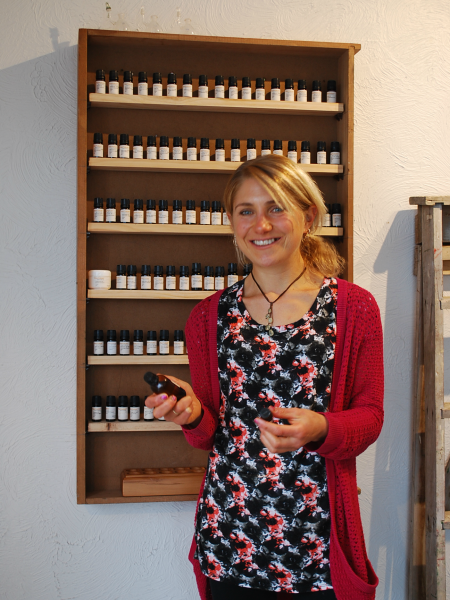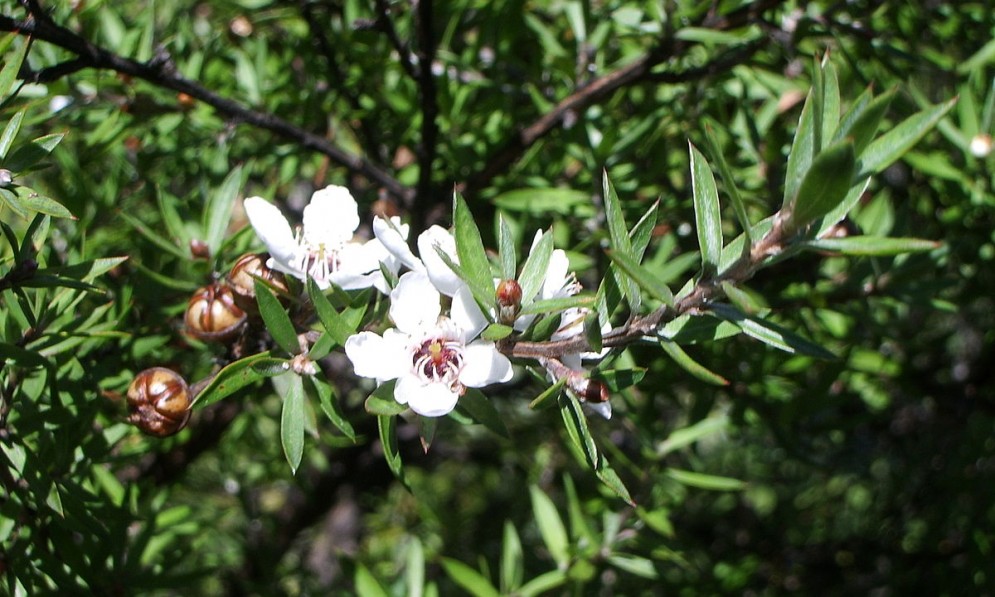Which of our native plants are also natural healers? Jess Winchester finds out when she talks to naturopath Katie Stone, who works for PureNature, one of Forest & Bird’s sponsors.

Naturopath Katie Stone, who works for PureNature.
“A lot of people think naturopathy is just about hippies and crystals or they confuse it with homeopathy, which is another discipline entirely,” says Katie Stone, who trained as a naturopath after working for several years as a journalist. When not writing or talking herbs at PureNature, she's out running.
Naturopathy is based on the belief that the body can be healed holistically – that diet, lifestyle, mind and body are intrinsically linked. Katie explains that what we eat can affect our mind and body, just as how we think can affect our digestion and how well we’ve slept can change our stress levels.
“Naturopaths treat the whole person. For example, instead of giving someone a prescription to treat their eczema, you’d look at their diet, health history, familial history, work and environment. Then you’d create a plan that incorporates each of those aspects,” says Katie.
“There’s a lot of evidence for the efficacy of natural medicine. Garlic, for example, has been shown to reduce cholesterol and blood pressure. Often herbal medicines can be administered in a variety of ways – mānuka essential oil can be applied neat to a fungal infection, or kawakawa leaves can be steeped into a tea and taken to relieve indigestion.”
PureNature is an online supplier of natural health products and works only with suppliers who guarantee that plants are sustainably harvested, without causing unnecessary damage to either the plant or its environment. The company donates $1 for every completed web order to Forest & Bird or to the cancer charity Look Good Feel Better.
Katie says Forest & Bird was the natural choice when the company was selecting a charity: “We have so much to be grateful for in New Zealand’s environment. It gives us so much and it’s easy to take that for granted. This is our way of giving back – not just to nature but to the next generation of New Zealanders who will inherit it.
“We want to create awareness of the work Forest & Bird does in protecting our native flora and fauna. The demand for natural products is growing all the time, which is great, but it has be reciprocal. The more we take, the more we have to give back,” she says.
Cures from nature
Māori used more than 200 native plants for medicinal purposes, according to Te Ara, the encyclopedia of New Zealand. Here are two of Katie’s hero plants.
Mānuka or New Zealand tea tree (Leptospermum scoparium) is one of New Zealand’s most powerful natural healers. Its antifungal and anti-bacterial properties are thought to be even stronger than Australian tea tree (Melaleuca alternifolia), and studies have shown mānuka honey to be anti-microbial against a number of serious pathogens, including Staphylococcus and Streptococcus.
Kawakawa (the pepper tree) is another valuable New Zealand native. It has long been used in traditional medicine as a digestive aid and is widely known as a topical anti-inflammatory and anti-bacterial treatment. Its leaves were used by Europeans in a steam bath for rheumatism, and a kawakawa poultice was applied for toothache. The leaf and bark were considered a remedy for stomach ache and the root chewed for dysentery.
Forest & Bird Magazine
Join Forest & Bird and receive our popular quarterly magazine, packed with feature articles, news and photographs on New Zealand’s unique wildlife and wild places.

